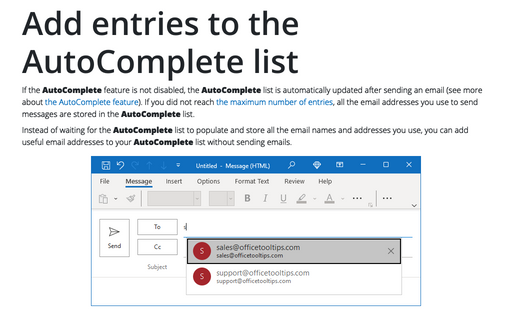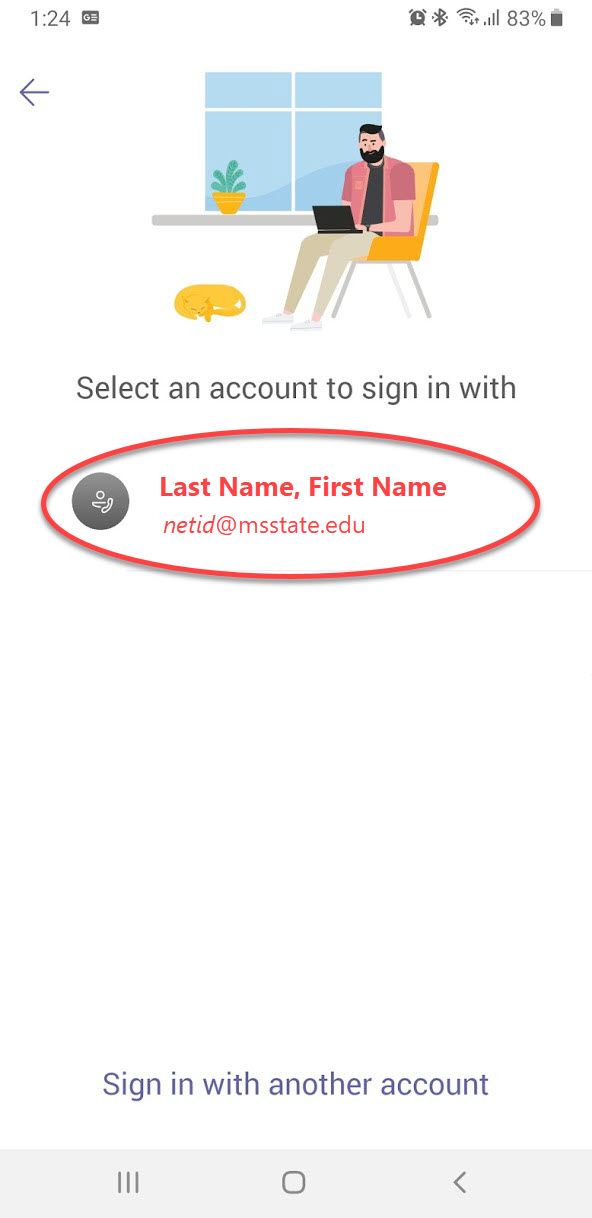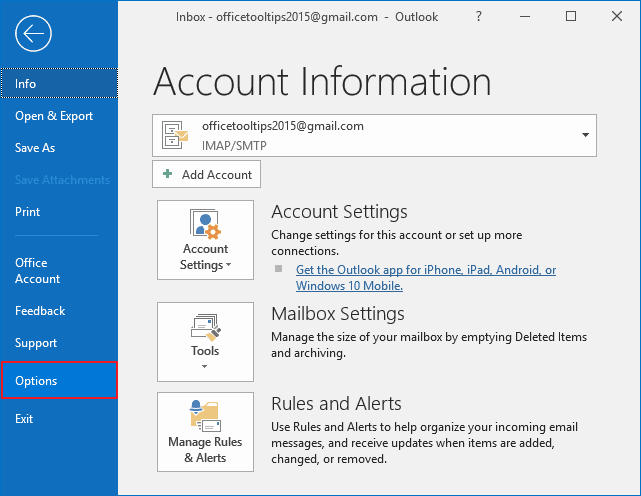
The default selection of Import items into the same folder in matches the folders from the imported file to the folders in Outlook. All folders under the folder selected will be imported. Include subfolders is selected by default. The top folder - usually Personal Folders, Outlook Data File, or your email address - is selected automatically. The default settings usually don’t need to be changed. Choose the More Choices tab if you want to only import emails that are read or unread. Choose Filter if you want to only import certain emails. Otherwise, choose Do not import duplicates.
:max_bytes(150000):strip_icc()/what-is-bcc-blind-carbon-copy-1171131-d8389f12e41a42c8b1ed808ff0dbd7f7.png)
Under Options, if you want the imported information to replace duplicate items already in Outlook, choose that. To see your contacts, at the bottom of Outlook, choose the People icon. You'll know it's finished when the Import Progress box closes. Outlook begins importing your contacts immediately. If you have multiple email accounts, choose the Contacts folder that's under the email account you want to be associated with the contacts. In the Select a destination folder box, scroll to the top if needed and select the Contacts folder > Next. You should choose this option if the contact info in Outlook is more complete or more current than the info in your contacts file. This is the default option.ĭo not import duplicate items If a contact is in Outlook and your contacts file, Outlook keeps the info it has for that contact and discards the info from your contacts file. You can combine info for those people later to eliminate duplicate contacts. You should choose this option if the contact info in your contacts file is more complete or more current than the contact info in Outlook.Īllow duplicates to be created If a contact is in Outlook and your contacts file, Outlook creates duplicate contacts, one with the original Outlook info and one with the info imported from your contacts file. Replace duplicates with items imported If a contact is already in Outlook and your contacts file, Outlook discards the info it has for that contact and uses the info from your contacts file. In the Import a File box, browse to your contacts file, and then double-click to select it.Ĭhoose one of the following to specify how you want Outlook to handle duplicate contacts: This starts the wizard!Ĭhoose Import from another program or file, and then choose Next.Ĭhoose Comma Separated Values, and then choose Next.

See What version of Outlook do I have? to get to the import instructions for your version of Outlook.Ĭhoose Open & Export > Import/Export. If your ribbon doesn't have a File option in the top left corner, you're using an older Outlook version.

This procedure is the SEND Procedure overloaded for VARCHAR2 attachments.At the top of your Outlook ribbon, choose File. The string specifying a filename containing the attachment, default is NULL. The mime type of the attachment, default is 'application/octet'. Specifies whether the attachment is viewable inline with the message body, default is TRUE. The message priority, the default is NULL. The mime type of the message, default is 'text/plain charset=us-ascii'. The email addresses of the BCC recipient(s), separated by commas, default is NULL.Ī string to be included as email subject string, default is NULL. The email addresses of the CC recipient(s), separated by commas, default is NULL. Table 173-3 SEND_ATTACH_RAW Procedure Parameters Parameter This procedure is the SEND Procedure overloaded for RAW attachments.Ītt_mime_type IN VARCHAR2 CHARACTER SET ANY_CS DEFAULT The mime type of the message, default is 'text/plain charset=us-ascii' The email addresses of the BCC recipient(s), separated by commas, default is NULLĪ string to be included as email subject string, default is NULL The email addresses of the CC recipient(s), separated by commas, default is NULL The email addresses of the recipient(s), separated by commas. Table 173-2 SEND Procedure Parameters Parameter Mime_type IN VARCHAR2 DEFAULT 'text/plain charset=us-ascii', Message IN VARCHAR2 CHARACTER SET ANY_CS, Subject IN VARCHAR2 CHARACTER SET ANY_CS DEFAULT NULL, Recipients IN VARCHAR2 CHARACTER SET ANY_CS,Ĭc IN VARCHAR2 CHARACTER SET ANY_CS DEFAULT NULL,īcc IN VARCHAR2 CHARACTER SET ANY_CS DEFAULT NULL, It hides the SMTP API and exposes a one-line email facility for ease of use.

This procedure packages an email message into the appropriate format, locates SMTP information, and delivers the message to the SMTP server for forwarding to the recipients. Represents the SEND Procedure overloaded for VARCHAR2 attachments Represents the SEND Procedure overloaded for RAW attachments Packages an email message into the appropriate format, locates SMTP information, and delivers the message to the SMTP server for forwarding to the recipients Table 173-1 UTL_MAIL Package Subprograms Subprogram


 0 kommentar(er)
0 kommentar(er)
